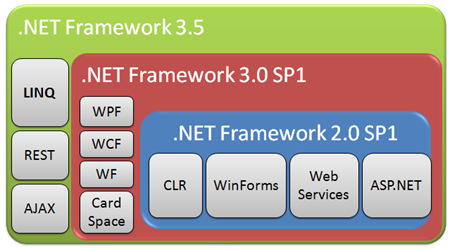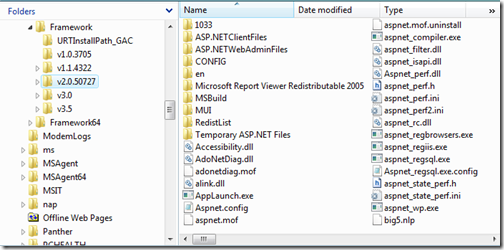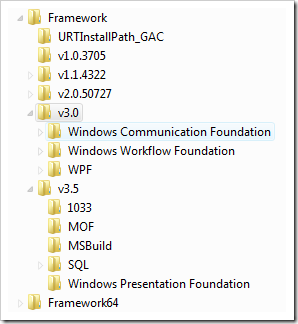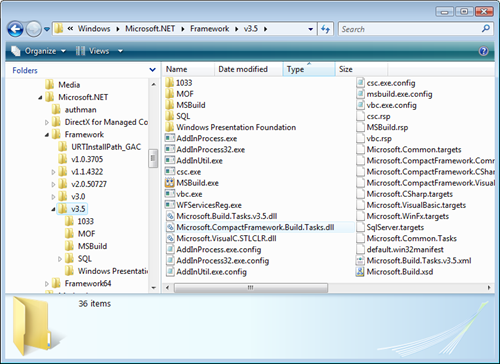Memories of Zimbabwe - You can't afford to go home
 My wife and I have been married going on eight years. We try to go to Africa every two years as she's from Zimbabwe originally. We wanted to go to Zim last year, but ended up going to Tanzania instead as we were taking our (at the time) one year old, and my sister-in-law works for the Rwandan War Crimes Tribunal there. Zim didn't seem like a good first trip for the baby.
My wife and I have been married going on eight years. We try to go to Africa every two years as she's from Zimbabwe originally. We wanted to go to Zim last year, but ended up going to Tanzania instead as we were taking our (at the time) one year old, and my sister-in-law works for the Rwandan War Crimes Tribunal there. Zim didn't seem like a good first trip for the baby.
I remember when we went to Zim for the first time in 2001. I was meeting my then fiancée's family for the first time and was deep in lobola negotiations with her father. The exchange rate was US$1 to Z$55, and it was about Z$50 to ride in a combi (minibus/taxi).
My wife remembered at the time how she could go downtown and buy gum for a single Zim penny. Once, my sister-in-law got into huge trouble as a child when she asked a visiting relative for a penny.
When we returned two years later, the exchange rate was US$1 to $Z50,000. Mo's father passed away while we were there and it was surreal to spend a solid hour counting out $Z2,000,000 for his casket in Z$100 bills in the midst of our grief.
 Take a good look at the Zim $50 note in the picture above. It had an expiration date.
Take a good look at the Zim $50 note in the picture above. It had an expiration date.
Today, whatever Zim currency you have in your pocket loses value of Z$70 a minute just sitting there.
In January of 2008 the exchange rate was US$1 to Z$1,900,000 (1.9M). On March 1st, it was US$1 to $Z 24 million. Today, just two weeks later it's US$1 to Z$70 million. Arguably, Iraq has a significantly better economy than Zimbabwe as Zim's current inflation rate is in excess of 100,000%. (Some figures point to it being around 164,000%, others closer to 200,000%.)
This Z$100,000 Bearer Cheque is not only two years expired, but were it not, it'd be worth 14/10,000ths of a US dollar, but that worth would last only a few hours.
 The gift that I gave my father-in-law to buy cows with would today be worth over $Z140,000,000,000, or 140 billion Zim dollars.
The gift that I gave my father-in-law to buy cows with would today be worth over $Z140,000,000,000, or 140 billion Zim dollars.
If these numbers seem overwhelming, they are. Recently the new Z$50 million dollar note came out, and it will by three loaves of bread (assuming you can find bread) a Z$16M each.
I can't tell you how painful it is to watch a country you love collapse from the outside when we have family there, but it's nothing considering what it's like on the inside. We talk to family there each week and each week the stories get worse.
I could tell you what it used to be like. I could tell you about the time we went to Chipangali Zoo with my mother-in-law and a mini-bus full of 6th graders. I could tell you about the two classrooms and bathroom (real flush toilets!) that we worked to get built.
I could tell you about the time we went to Victoria Falls and slept a hundred yards from an elephant watering hole. I could tell you about the time we went ekhaya to my wife's ancestral home to bury her father.
I could tell you about the time I found a goat in the my morning bathtub, then it disappeared, only to reappear on my breakfast plate the next morning. I could tell you about freaking out abantu abamnyama nxa ikhiwa likhuluma isiNdebele.
But, those days are gone and we have only pictures and memories. The Zim that we knew is gone and it's unclear what is coming. God help the people of Zimbabwe and our family overseas.
For updated news about the Zimbabwean elections, see the BBC Zimbabwe section or check Google News on Zimbabwe.
Related Links
- Traveling In Africa with an Infant
- Arusha Tanzania 2006 - Trip Rollup, we're back
- The 2004 Africa Trip in Pictures
- 2007 African Music List
- Arusha Tanzania 2006 Day 20 - Waiting for death's sweet release
- Travelling as a Diabetic
- Merry Christmas: Reunited
- FAQ About Raising Multilingual Children
About Scott
Scott Hanselman is a former professor, former Chief Architect in finance, now speaker, consultant, father, diabetic, and Microsoft employee. He is a failed stand-up comic, a cornrower, and a book author.
About Newsletter




















